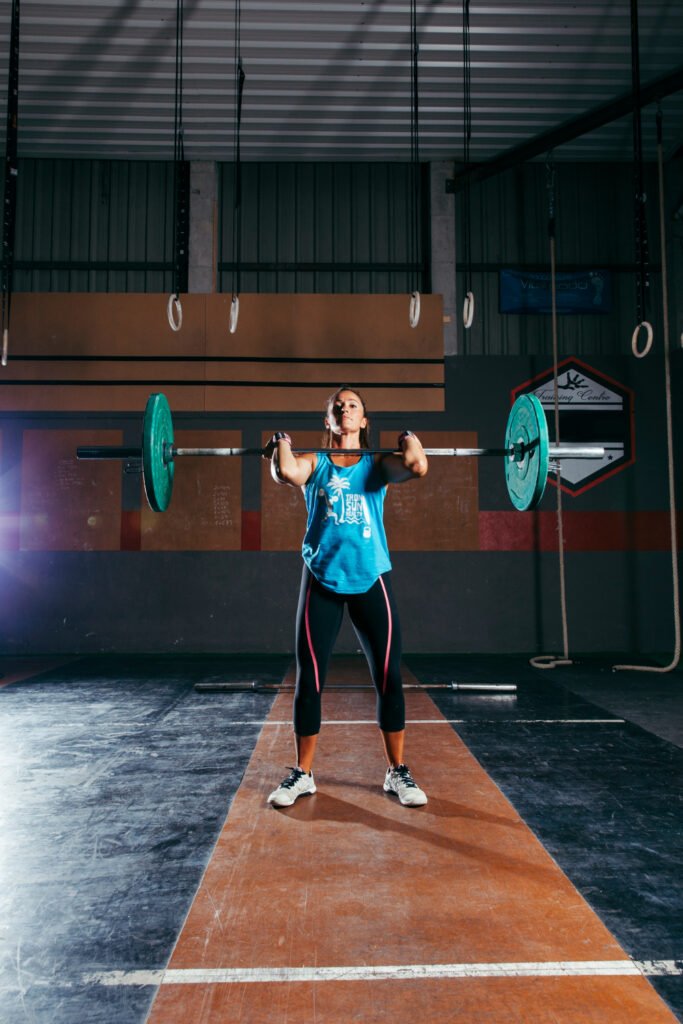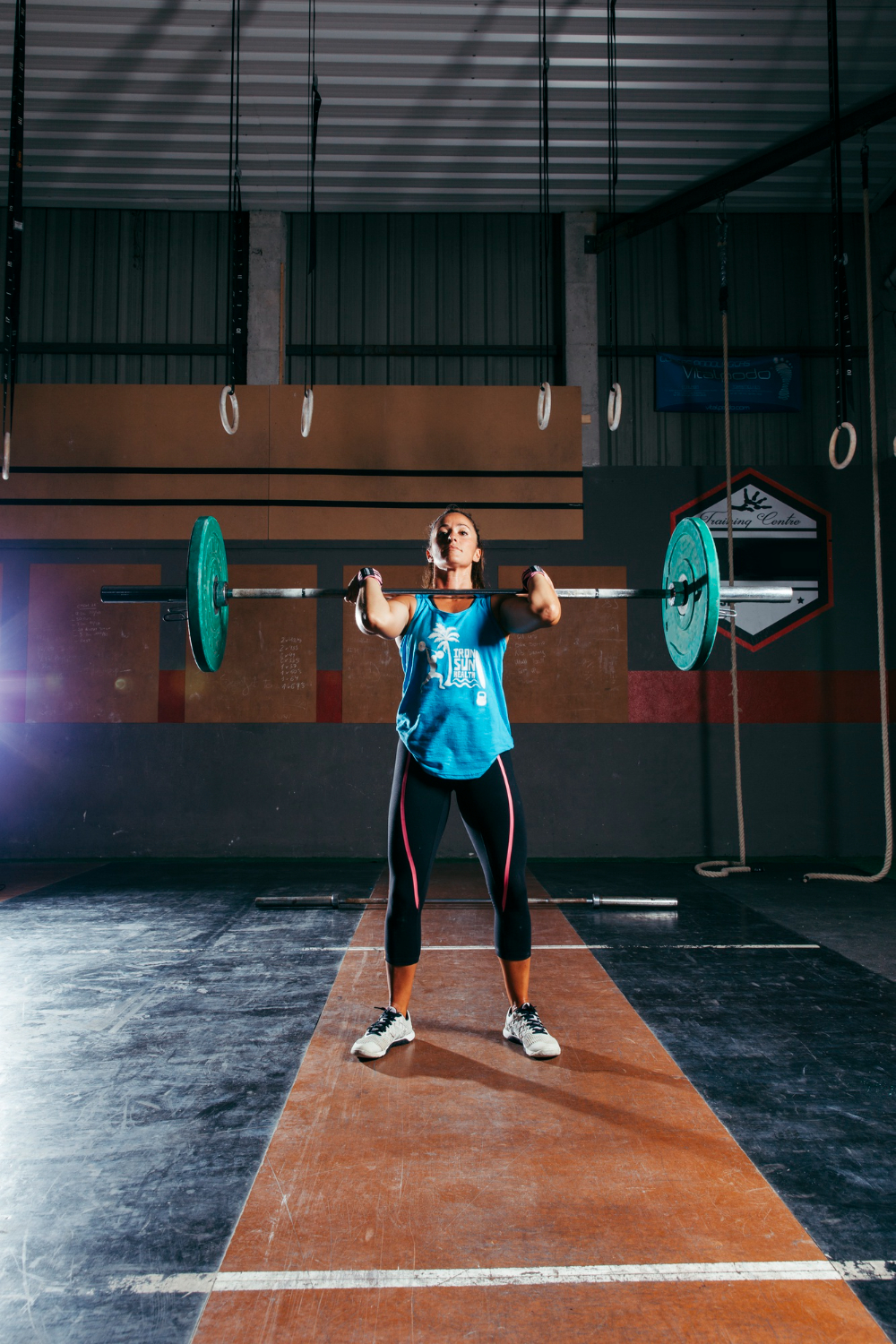
CrossFit is a functional strength training program that began in 1996. It’s known for its high-intensity workouts that many claim to be the best and fastest route to physical health. However, the program also has its critics, who emphasize the potential risk of injury. Here’s what you need to know about CrossFit before deciding if it’s the right training program for you.
Understanding CrossFit
Researchers define CrossFit as a strength-building conditioning program that incorporates functional movements to build stamina, strength, and speed. According to Richard Froning Jr., a professional CrossFit athlete, “CrossFit takes all aspects of fitness and sports, cherry-picking the best, most effective, and most applicable to everyday life, and combines them together.”
Functional movements mimic everyday activities like carrying groceries, climbing stairs, getting out of bed, lifting a chair, or picking up a baby. These exercises are referred to as “workouts of the day” (WODs). Tony Carvajal, another professional CrossFit athlete, explains, “These functional movements reflect the best aspects of gymnastics, weightlifting, and monostructural [cardio] exercise. It’s a workout program that integrates multiple sports and training regimens all in one.”
CrossFit vs. Bodybuilding
While CrossFit includes a strength-building component, it differs significantly from bodybuilding. CrossFit focuses on a combination of strength and functional movements, aiming to improve overall fitness. In contrast, bodybuilding primarily focuses on building muscle mass and reducing body fat for competitive purposes. Bodybuilders are judged on aspects like body fat, muscle size, and muscle symmetry.
Components of a CrossFit Workout
A typical CrossFit session lasts one hour and includes four main components:
- Warm-Up: Prepares the body for the workout by increasing blood flow and muscle temperature, maximizing performance during the workout.
- Strength or Skill Work: This part can vary, from lifting maximum weights to improving specific skills like double unders or handstand walking. These skills often appear in the WOD.
- Workout of the Day (WOD): The main part of a CrossFit session, involving a set of exercises performed for a certain amount of time or until a set of repetitions is completed. WODs are varied, ensuring that workouts remain challenging and engaging.
- Cooldown: Involves stretching to prevent lactic acid buildup, which can lead to muscle cramping.
Benefits of CrossFit
CrossFit offers several benefits beyond just building strength. Kyra Williams, a professional CrossFit athlete, and personal trainer states, “Whether your fitness goal is to help you maintain your current fitness level, get just 1% fitter, lose weight, do a pull-up, or be able to lift a certain weight, CrossFit can help you reach it.”
Heart Health
CrossFit can support heart health by optimizing cardiovascular endurance. Similar high-intensity training programs, like HIIT, have shown to improve cardiovascular endurance and lower the risk of heart disease. However, those with existing heart conditions should undergo proper cardiovascular screening before engaging in high-intensity workouts.
Community Building
CrossFit is not just about the workout; it’s also about community. Clint Fisher, a coach and co-owner of CrossFit Charleston, notes, “There is just something that happens when you get like-minded people in the same room. You lift each other up. You become a family.”
Who Can Do CrossFit?
CrossFit is suitable for people of any age, gender, or fitness level. Dave Lipson, a CrossFit Level Four Trainer, explains, “We have former football players working out with people in their 70s and 80s and new moms.” CrossFit workouts can be scaled to match an individual’s abilities, making it accessible for everyone.
Getting Started with CrossFit
To start CrossFit, find a local gym or “box” using the official CrossFit affiliate map. Research the coaches’ credentials and consider factors like communication skills, emphasis on form and safety, and leadership style. It’s important to find a box where you feel comfortable and supported.
Reducing Risks
While CrossFit has been found to be safe, there is always a risk of injury with any exercise program. Risk factors include gender, length of training sessions, and training experience. To reduce the risk of injury, ensure you warm up properly and avoid training when experiencing acute pain.
CrossFit offers a comprehensive workout program that can benefit people at any fitness level. By focusing on functional movements and fostering a supportive community, CrossFit can help you achieve various fitness goals. However, it’s essential to approach it with the right mindset, proper guidance, and an emphasis on safety to reap the full benefits while minimizing risks
A Quick review
CrossFit is a high-intensity workout program that integrates functional movements to enhance overall fitness. Suitable for all ages and fitness levels, CrossFit combines elements of gymnastics, weightlifting, and cardio exercises in varied daily workouts. Sessions include warm-up, strength/skill work, a main workout, and cooldown. Despite potential injury risks, proper guidance and scaling make it a beneficial program for many












